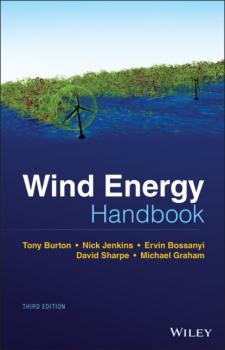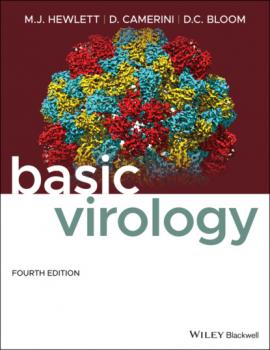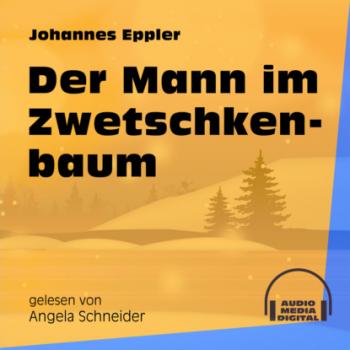ТОП просматриваемых книг сайта:
ЛИТМИР - LITMIR.BIZ - Электронная библиотека
Скачивание или чтение онлайн электронных книг.Аннотация
Discover this fully updated and authoritative reference to wind energy technology written by leading academic and industry professionals The newly revised Third Edition of the Wind Energy Handbook delivers a fully updated treatment of key developments in wind technology since the publication of the book’s Second Edition in 2011. The criticality of wakes within wind farms is addressed by the addition of an entirely new chapter on wake effects, including ‘engineering’ wake models and wake control. Offshore, attention is focused for the first time on the design of floating support structures, and the new ‘PISA’ method for monopile geotechnical design is introduced. The coverage of blade design has been completely rewritten, with an expanded description of laminate fatigue properties and new sections on manufacturing methods, blade testing, leading-edge erosion and bend-twist coupling. These are complemented by new sections on blade add-ons and noise in the aerodynamics chapters, which now also include a description of the Leishman-Beddoes dynamic stall model and an extended introduction to Computational Fluid Dynamics analysis. The importance of the environmental impact of wind farms both on- and offshore is recognised by extended coverage, which encompasses the requirements of the Grid Codes to ensure wind energy plays its full role in the power system. The conceptual design chapter has been extended to include a number of novel concepts, including low induction rotors, multiple rotor structures, superconducting generators and magnetic gearboxes. References and further reading resources are included throughout the book and have been updated to cover the latest literature. Importantly, the core subjects constituting the essential background to wind turbine and wind farm design are covered, as in previous editions. These include: The nature of the wind resource, including geographical variation, synoptic and diurnal variations and turbulence characteristics The aerodynamics of horizontal axis wind turbines, including the actuator disc concept, rotor disc theory, the vortex cylinder model of the actuator disc and the Blade-Element/Momentum theory Design loads for horizontal axis wind turbines, including the prescriptions of international standards Alternative machine architectures The design of key components Wind turbine controller design for fixed and variable speed machines The integration of wind farms into the electrical power system Wind farm design, siting constraints and the assessment of environmental impact Perfect for engineers and scientists learning about wind turbine technology, the Wind Energy Handbook will also earn a place in the libraries of graduate students taking courses on wind turbines and wind energy, as well as industry professionals whose work requires a deep understanding of wind energy technology.
Аннотация
Explore this comprehensive overview of organic electrochromic materials and devices from a leading voice in the industry Organic Electronics for Electrochromic Materials and Devices delivers a complete discussion of the major and key topics related to the phenomenon of electrochromism. The text covers the history of organic electrochromism, its fundamental principles, different types of electrochromic materials, the development of device structures and multi-function devices, characterizations of device performance, modern applications of electrochromic devices, and prospects for future electrochromic devices. The distinguished author places a strong focus on recent research results from universities and private firms from around the world and addresses the issues and challenges faced by those who apply organic electrochromic technology in the real world. With these devices quickly becoming the go-to display technology in the field of electronic information, this resource will quickly become indispensable to all who work or study in the field of optics. Readers will also benefit from the inclusion of: A thorough introduction to organic electrochromism, including its history and the mechanisms of electrochromic devices An exploration of polymer electrolytes for electrochromic applications, including their requirements and types A discussion of electrochromic small molecules, including the development of technology in conjugated polymer and violene-cyanine hybrids A treatment of Prussian blue and metallohexacyanates, including their backgrounds, technology development, crystal structures, synthesis, nanocomposites, and assembled electrochromic devices Perfect for materials scientists, polymer chemists, organic chemists, physical chemists, and inorganic chemists, Organic Electronics for Electrochromic Materials and Devices will also earn a place in the libraries of physicists and those who work in the optical industry who seek a one-stop reference that covers all aspects of organic electrochromic materials.










